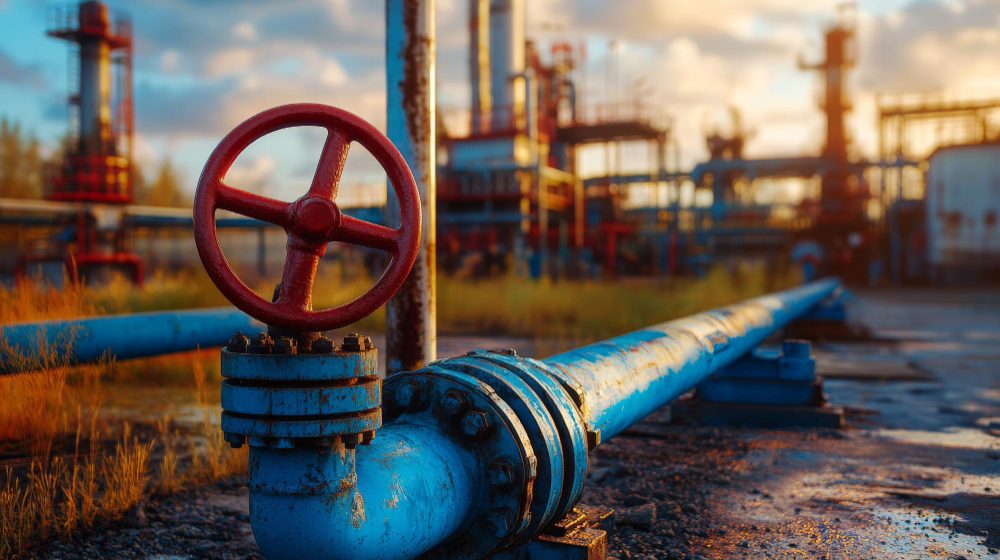Summary
Natural gas is primarily composed of methane (CH₄), but it also contains trace amounts of other hydrocarbons and impurities. This clean-burning fossil fuel is used for heating, electricity generation, and industrial processes. Understanding its composition is essential for its efficient use and environmental impact.
What is the Composition of Natural Gas?

Natural gas is a fossil fuel formed from the remains of ancient plants and animals over millions of years. It is primarily composed of methane (CH₄), a colorless, odorless gas, making up around 70-90% of the fuel. However, natural gas may also contain ethane, propane, butane, carbon dioxide, nitrogen, and sulfur compounds. The exact composition can vary depending on the source, but methane remains the dominant element.
Key Components of Natural Gas
| Component | Percentage | Usage/Impact |
|---|---|---|
| Methane (CH₄) | 70-90% | Primary energy content, used for heating, electricity |
| Ethane (C₂H₆) | 5-10% | Used in petrochemical production (e.g., ethylene) |
| Propane (C₃H₈) | 1-3% | Used for heating, cooking, and as a fuel |
| Butane (C₄H₁₀) | 1-2% | Used in fuel blending and for portable stoves |
| Carbon Dioxide (CO₂) | 0.5-2% | Often removed during processing to improve quality |
| Nitrogen (N₂) | 1-2% | Inert component, doesn’t affect combustion |
| Sulfur Compounds | Trace amounts | Can contribute to the formation of sulfur dioxide, a pollutant |
Why is the Composition of Natural Gas Important?

Energy Content and Combustion Efficiency
The higher the methane content, the more efficient the combustion of the natural gas. Methane is a highly efficient fuel, providing significant energy per unit when burned. When compared to other fossil fuels, natural gas produces fewer emissions and provides cleaner energy.
Purity of Natural Gas
Natural gas is processed at processing plants to remove unwanted impurities, such as carbon dioxide, water, hydrogen sulfide, and helium. The result is pipeline-quality natural gas, which is cleaner and more efficient for energy production.
Applications of Natural Gas Based on Its Composition
Natural gas

is versatile due to its composition, and its uses span various sectors:
1. Energy Generation
-
Electricity: Natural gas is used in combined-cycle power plants, which are highly efficient at converting the gas into electricity.
-
Heating: Homes and businesses use natural gas for space and water heating.
2. Industrial and Chemical Production
-
Petrochemicals: Ethane in natural gas is converted into ethylene, which is then used to produce plastics, detergents, and other chemicals.
-
Fertilizers: Ammonia production, an essential process in fertilizer creation, uses hydrogen extracted from natural gas.
3. Transportation and Residential Use
-
Compressed Natural Gas (CNG) is used as an alternative fuel for vehicles due to its lower emissions compared to gasoline or diesel.
-
Cooking and Heating: Propane and butane are commonly used for cooking and heating, especially in areas without natural gas pipelines.
Frequently Asked Questions (FAQs)
1. What are the main components of natural gas?
Natural gas is mainly composed of methane (CH₄), with smaller amounts of ethane, propane, butane, and other hydrocarbons.
2. How is natural gas processed?
Natural gas is processed to remove impurities, such as carbon dioxide, water, and sulfur compounds, resulting in clean, pipeline-quality natural gas.
3. Why is methane the primary component of natural gas?
Methane is the simplest and most abundant hydrocarbon in natural gas, making it the most efficient fuel for energy production.
4. Can natural gas be used for transportation?
Yes, compressed natural gas (CNG) is used as an alternative fuel for vehicles, especially in urban areas where it is an environmentally friendly option.
Authoritative Sources
A Cleaner Alternative
Natural gas is a cleaner alternative to other fossil fuels, primarily composed of methane. It is used extensively for energy generation, heating, and industrial processes. However, it still remains a non-renewable resource, and measures must be taken to reduce methane emissions during extraction and transportation.


